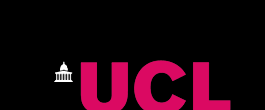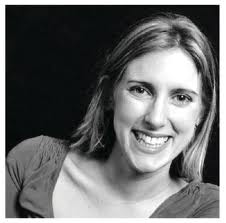

Sarah-Jayne Blakemore is a Royal Society Research Fellow and Reader in Cognitive Neuroscience at UCL.
She is Leader of the Developmental Cognitive Neuroscience Group at the ICN and her research focuses on social cognition in adolescence and in autism spectrum disorders. She studied Experimental Psychology at Oxford University and then did her PhD at the Functional Imaging Lab (FIL) with Chris Frith and Daniel Wolpert, investigating the self-monitoring of action in healthy individuals and people with schizophrenia. She then took up a Wellcome Trust International Research Fellowship to work in Lyon, France, with Jean Decety on the perception of causality in the human brain. This was followed by a Royal Society Dorothy Hodgkin Fellowship at the Institute of Cognitive Neuroscience.
Dr. Blakemore is actively involved in Public Engagement with Science: she frequently gives public lectures and talks at schools, has worked with the Select Committee for Education, acted as scientific consultant on the BBC series The Human Mind in 2003, and co-authored a book with Professor Uta Frith called The Learning Brain: Lessons for Education.
Dr. Blakemore is Deputy Director of the Wellcome Trust Four Year PhD Programme in Neuroscience at UCL. She is Associate Editor for Social Cognitive and Affective Neuroscience and Social Neuroscience.
About this lecture:
The brain has evolved to understand and interact with other people. We are increasingly learning more about the neuro-physiological basis of social cognition and what is known as the social brain. In this talk I will focus on how the social brain develops during adolescence. Adolescence is a time characterised by change - hormonally, physically, psychologically and socially. Yet until recently this period of life was neglected by cognitive neuroscience. In the past decade, research has shown that the social brain develops both structurally and functionally during adolescence.
This lecture marks Brain Awareness Week 2010.